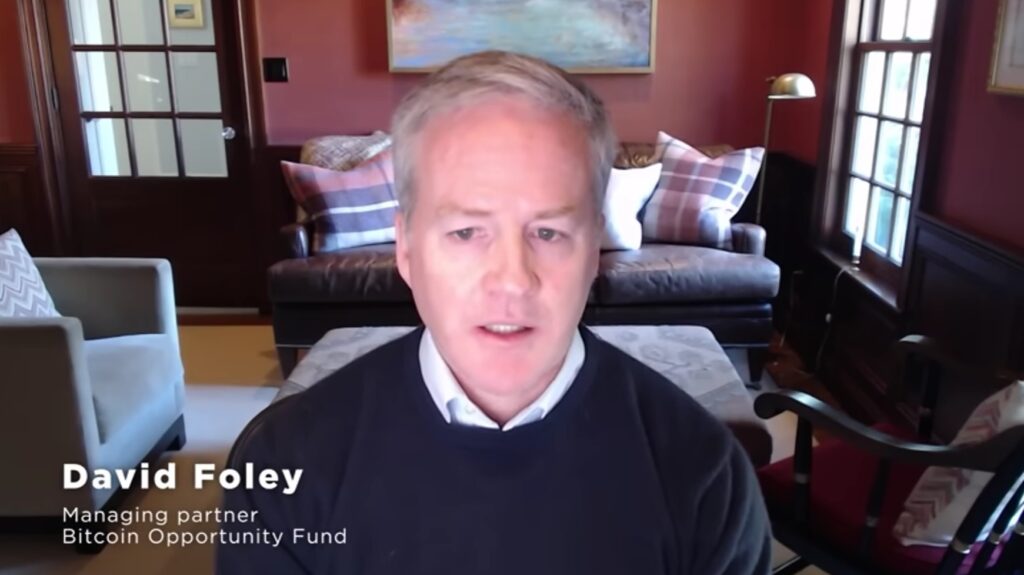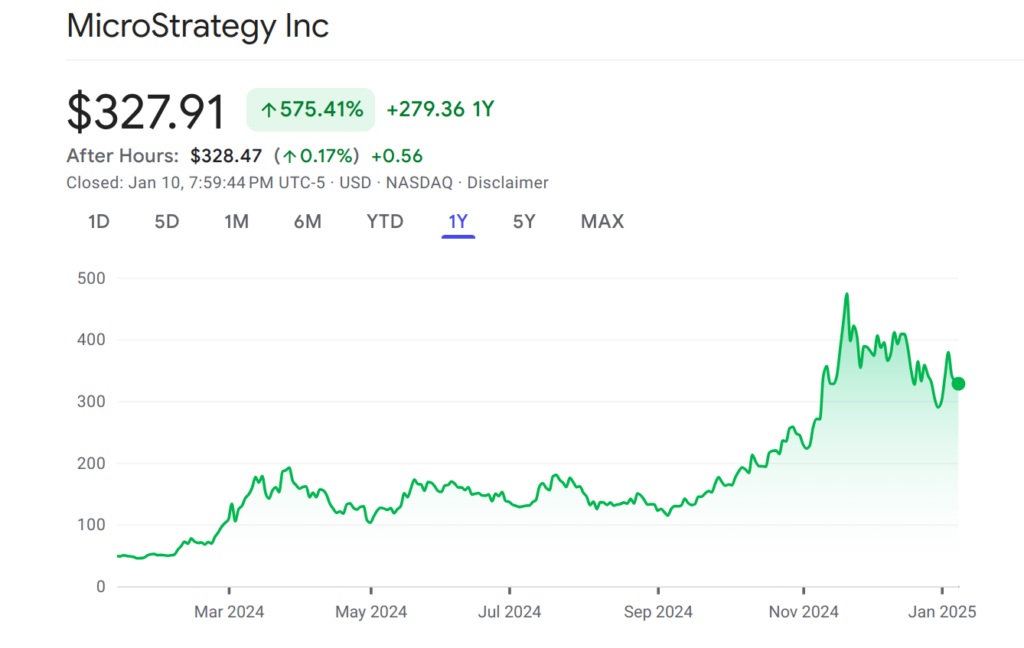Why Bitcoin’s Growth Is Slowing: Insights from the Bitcoin Opportunity Fund

Bitcoin’s strong rally in late 2024, spurred by optimism following the U.S. presidential election results, has begun to lose steam. The market initially surged on expectations tied to Trump’s potential second term and hopes of a strategic Bitcoin reserve. However, recent economic data, including a surprisingly strong jobs report, is causing some investors to reassess their positions.
On this page
The road to $200,000 was never expected to be smooth, but Bitcoin’s price appears increasingly vulnerable to macroeconomic headwinds. David Foley, Managing Partner at the Bitcoin Opportunity Fund, discussed the market’s current challenges in a recent interview.
Market Volatility and Bitcoin's Evolution
David Foley notes that “the stock market in general is getting heavy,” pointing to Bitcoin's historically strong correlation with the Nasdaq, which is currently trending downward.
However, Foley highlights a promising shift:
It’s good to see today where you’ve got the Nasdaq, the Triple Qs (is an exchange-traded fund (ETF) that tracks the NASDAQ-100 Index – Ed.), down 2%, and Bitcoin’s actually up. It’s kind of participating a little more like a risk-off asset, a sort of flight-to-safety scenario, like gold is doing.
Foley anticipates that over time, Bitcoin will increasingly mirror the characteristics of gold, evolving into a trusted hedging instrument in financial markets.
He emphasized that “markets breathe,” underscoring that the current correction is a natural part of market cycles.
Reflecting on Bitcoin’s historical trends, Foley pointed out its pattern of consolidation phases. He cited 2024 as an example, when Bitcoin experienced a significant surge in the first quarter, followed by six months in a “bull flag” formation—a consolidation pattern often signaling further upward movement—before another rally ensued.

MicroStrategy as a Proxy for Bitcoin
When discussing MicroStrategy, Foley highlighted that Bitcoin Opportunity Fund holds a stake in the company.
We really like that story a lot in general,
he said, commending Michael Saylor's approach of utilizing various capital markets—from convertible bonds to preferred stock—to build Bitcoin reserves.
Foley believes this strategy has created a “massive flywheel” for MicroStrategy.
Historically, MicroStrategy's valuation was twice the size of its Bitcoin reserves, but this ratio has now reached 2.2. According to Foley, the company could become a leading Bitcoin-focused financial institution once the market is ready for it.
Additionally, Foley believes that the company’s current capital structure is sensible. Even if Bitcoin were to drop to $30,000, the company’s management would be able to sell a small portion of its reserves to meet its obligations.

Investor Sentiment and the Macro Economy
Foley pointed out that some long-term Bitcoin holders have started selling their assets.
You are seeing in the last few weeks a little bit of an uptick in the long-term holders selling a bit,
he said, noting that this might be related to year-end tax strategies.
Foley also highlighted a rise in activity in the Bitcoin futures market, which signals a growing use of margin leverage. He referred to the volatility caused by margin position liquidations as “temporary noise,” but one that creates opportunities.
He emphasized that with a market capitalization of around $2 trillion, Bitcoin is still in its early stages compared to traditional assets like gold and silver. In the 1970s, assets like gold and silver made up 8–10% of global financial assets, whereas Bitcoin currently accounts for less than 1%.
Foley believes the next global crisis, driven by a “leverage problem in the world,” could lead to another round of monetary easing by central banks. This, he suggested, would substantially increase the value of assets like Bitcoin.
Additionally, Foley noted the potential synergy between blockchain and artificial intelligence, suggesting that Bitcoin could become the “settlement layer for all things AI” and the “internet version of money” thanks to its mathematical reliability.
Long-Term Outlook
Foley emphasized that, while Bitcoin's current prices may appear high, “it’s still so early.”
He remains confident that demand for Bitcoin will outpace its supply, driving long-term price growth. This outlook is one of the key reasons his team launched a second fund under the Bitcoin Opportunity Fund umbrella.
Despite the broader macroeconomic challenges, Foley views Bitcoin as a strengthened store of value. His core message? Bitcoin is on a long-term path to becoming a significant pillar of the global financial system, regardless of short-term price fluctuations.
Profile: David Foley, Managing Partner of Bitcoin Opportunity Fund
David Foley is a seasoned finance professional with over 27 years of experience in hedge funds, private equity, and investment banking. He earned his Bachelor of Arts from Providence College in 1995 and completed his MBA at Harvard Business School in 2001.
Foley is the co-founder and managing partner of the Bitcoin Opportunity Fund, a firm specializing in investments across both public and private projects within the Bitcoin ecosystem. Prior to launching the Bitcoin Opportunity Fund, Foley was a partner at Equity Management Associates, LLC.

Foley follows a hybrid investment strategy that blends private and public investments to optimize returns. Under his leadership, the fund invested in Bitcoin, mining operations, and early- to mid-stage companies operating within the Bitcoin ecosystem. The fund's strategy aims not only to drive capital growth but also to support the expansion of Bitcoin infrastructure.
A vocal proponent of Bitcoin, Foley views the cryptocurrency as both a store of value and a key pillar of future financial systems.
The content on The Coinomist is for informational purposes only and should not be interpreted as financial advice. While we strive to provide accurate and up-to-date information, we do not guarantee the accuracy, completeness, or reliability of any content. Neither we accept liability for any errors or omissions in the information provided or for any financial losses incurred as a result of relying on this information. Actions based on this content are at your own risk. Always do your own research and consult a professional. See our Terms, Privacy Policy, and Disclaimers for more details.



























